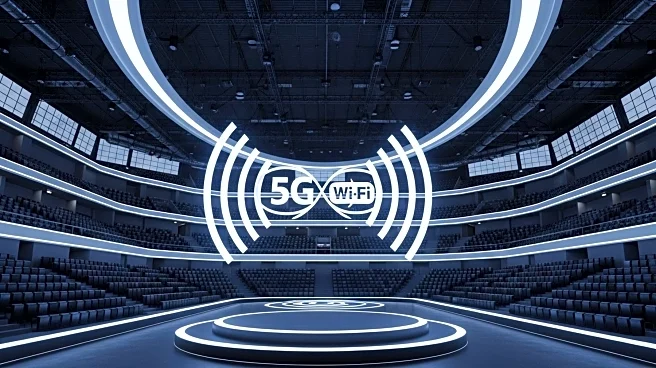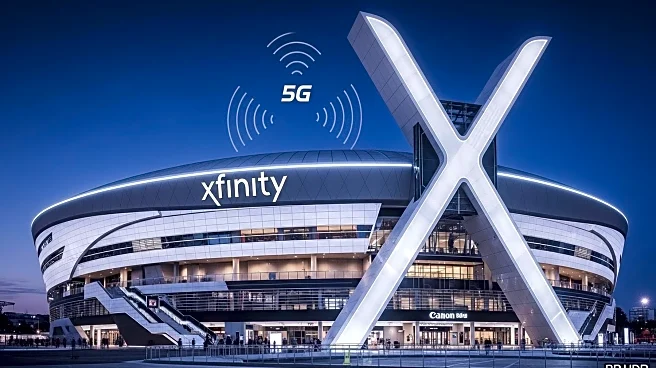What's Happening?
Comcast is strategically responding to the competition posed by fixed wireless access (FWA) by focusing on fiber-to-the-premises (FTTP) as its long-term competitor. At the Goldman Sachs Communacopia + Technology Conference, Comcast President Mike Cavanagh highlighted the company's new 300 Mbit/s offering aimed at the value segment of the home broadband market, which FWA has been targeting. Comcast's revised nationwide plans include speed tiers to compete with FWA and fiber, offering price lock options and eliminating data caps. The company is also providing a free mobile line for a year to new and existing customers who add Xfinity Mobile to their bundle. This approach moves away from previous promotional models that led to customer churn.
Why It's Important?
Comcast's strategy reflects a significant shift in the broadband market, where competition from FWA and fiber overbuilders is intensifying. By offering competitive pricing and eliminating data caps, Comcast aims to retain and attract customers, potentially stabilizing its market position. The company's focus on fiber-like speeds and capacity suggests a long-term vision for broadband infrastructure, which could influence industry standards and consumer expectations. The move to offer a free mobile line also indicates a strategic push to integrate mobile services, potentially increasing customer loyalty and revenue streams.
What's Next?
Comcast anticipates that its new pricing and packaging options will take time to implement fully. The company expects broadband average revenue per user (ARPU) growth to slow temporarily but foresees improvement as customers transition to paid mobile services. Additionally, Comcast's new business-focused T-Mobile MVNO agreement, effective in 2026, is expected to open opportunities in the small and midsized business sector. As the company continues to adapt to market dynamics, its strategies may prompt responses from competitors and influence broader industry trends.












